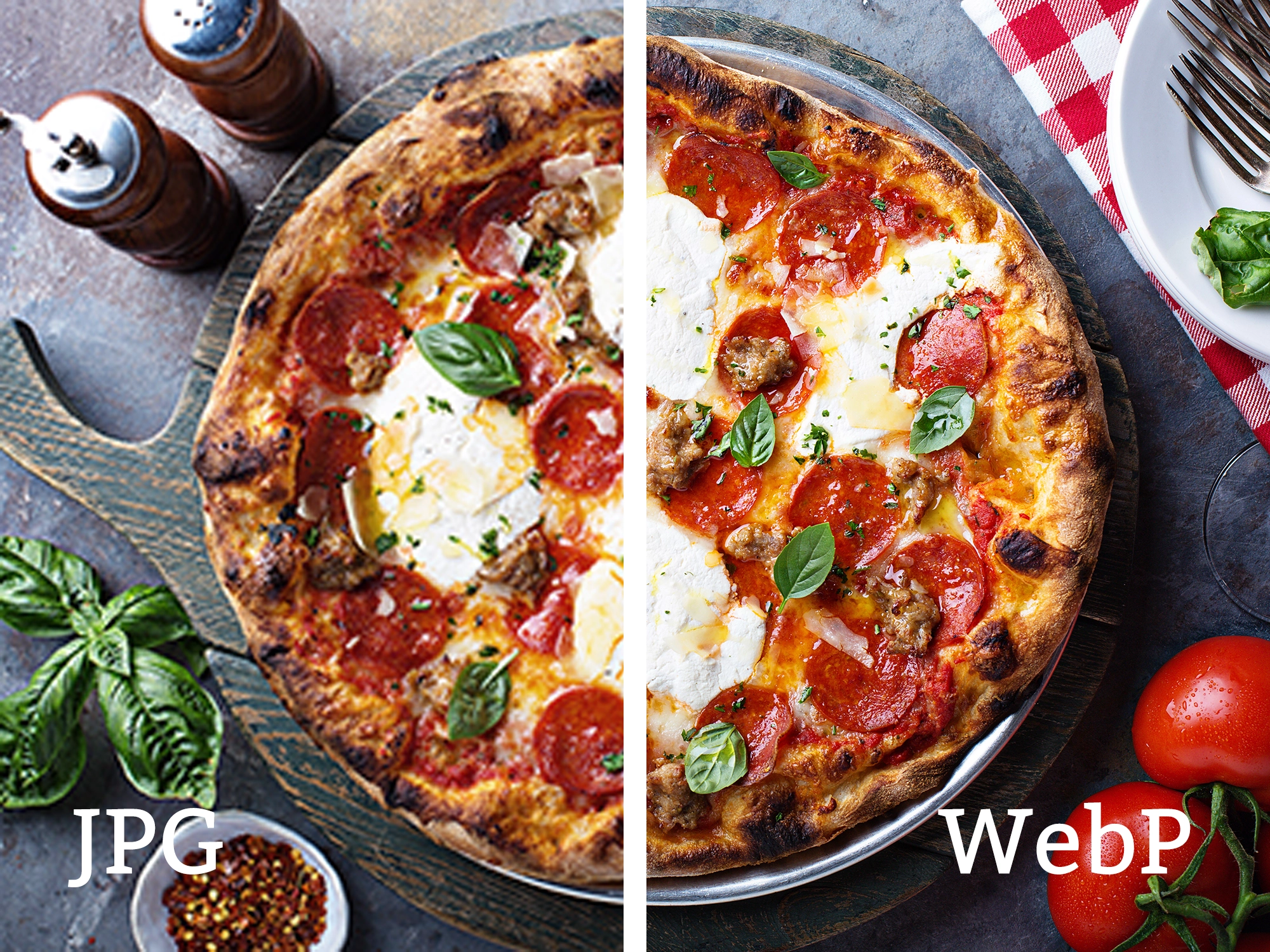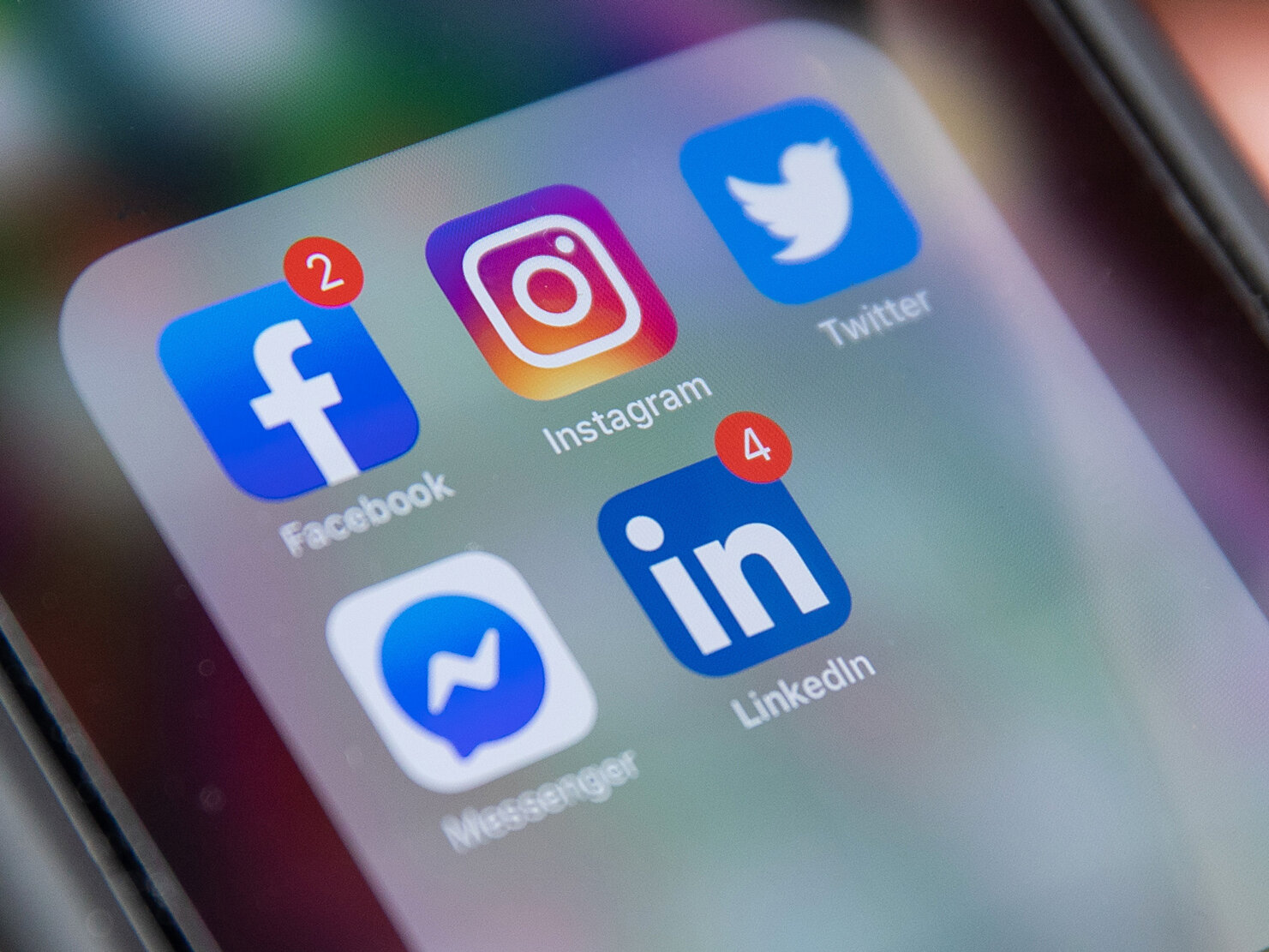
Say Hello to WebP, the new image format that everyone's asking about.
For years, we've relied on JPGs and PNGs. But now, there’s a new player in town, and its name is WebP.
So, what exactly is WebP, and why should you care? Let's dive in.
The Old Guard: JPGs and PNGs
Before we talk about WebP, it's important to understand what it's up against.
JPG (Joint Photographic Experts Group): This has been the go-to format for photographs and complex images for decades. JPGs use a "lossy" compression method, meaning that some data is discarded to achieve smaller file sizes. This works great for photos where slight variations in color aren't noticeable to the human eye, but it can lead to noticeable artifacts and a loss of quality if compressed too much. Think of it like taking a photocopy of a photocopy – each time, you lose a little detail.
PNG (Portable Network Graphics): PNGs, on the other hand, are "lossless." This means that every single bit of data from the original image is preserved, resulting in a perfect reproduction. PNGs are fantastic for images with sharp lines, text, or transparent backgrounds (something JPGs can't do). However, this preservation of data often comes at the cost of larger file sizes compared to JPGs, especially for complex images.
Enter WebP: The Best of Both Worlds
WebP is an image format developed by Google, and it's designed to offer superior compression for both lossy and lossless images. Think of it as a hybrid that takes the best features of JPGs and PNGs and wraps them up in a more efficient package.
Here's why WebP is a game-changer:
Smaller File Sizes: This is the big one. WebP images are significantly smaller than their JPG or PNG counterparts, often by 25-35% or even more, without a noticeable drop in quality. For a website, this translates directly to faster loading times.
Lossy and Lossless Compression: WebP supports both lossy and lossless compression. This means you can use it for high-quality photographs (like JPGs) and also for graphics with sharp edges and transparency (like PNGs), all within a single format.
Transparency Support: Just like PNGs, WebP supports alpha channel transparency, making it ideal for logos, icons, and other elements that need to blend seamlessly with your website's background.
Animation Support: Yes, WebP can even handle animations, similar to animated GIFs, but with much better compression and quality.
Why We're Using WebP Now
The push for WebP isn't just about making things look pretty; it's about making the internet faster and more efficient for everyone.
Improved User Experience: In today's fast-paced digital world, users expect websites to load instantly. Slow-loading pages are a major turn-off and can lead to higher bounce rates. By using WebP, websites can significantly reduce their image payload, leading to a snappier and more enjoyable experience for visitors.
Better SEO Performance: Search engines like Google prioritize fast-loading websites. By optimizing your images with WebP, you're not only making your users happy but also giving your website a boost in search engine rankings.
Reduced Bandwidth Usage: Smaller file sizes mean less data needs to be transferred, which is beneficial for both website owners (who might pay for bandwidth) and users (especially those on limited data plans).
Widespread Browser Support: While it took some time, major web browsers like Chrome, Firefox, Edge, and Safari now all fully support WebP. This widespread adoption means that virtually all your visitors will be able to see your WebP images without any issues.
Conclusion
WebP isn't just a trend; it's a significant step forward in web optimization. By embracing this modern image format, websites can deliver richer visual experiences with greater speed and efficiency, making the internet a better place for everyone.
Want to know more?
Do you have questions about WebP, or optimising your website images for quality and speed?
Please get in touch. We can advise you on your next steps, or help transfer your old JPGs and PNGs into WebP format.



